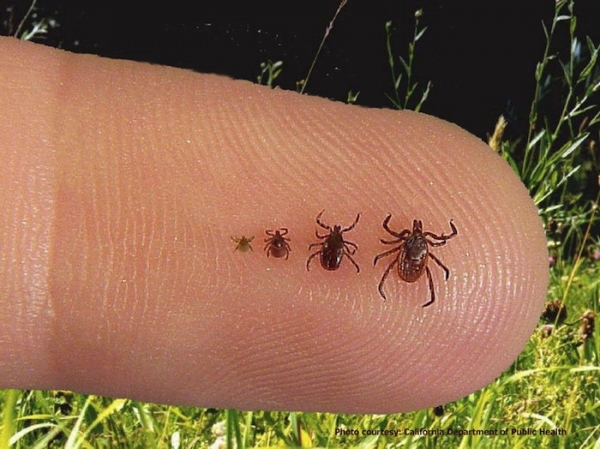NEWPORT — Tick-borne illnesses have increased in Vermont, a study by the Centers for Disease Control and Prevention says.
Vermont had 6,161 cases of illness caused by tick-borne diseases between 2004 and 2016.
In total, 99 percent of all reported tick-borne diseases are caused by the blacklegged tick, the state Department of Health says.
According to the CDC, Lyme disease is one of the most common tick-borne diseases and in 2016, Vermont had the second highest rate of reported Lyme disease cases in the U.S.
Authorities are warning Vermonters that a decline in the tick population this year in Vermont won’t last.
The Health Department offers these tips to Be Tick Smart:
Protect
Use an EPA-registered tick repellent on skin. Apply permethrin to clothing. Wear light-colored pants and long sleeves.
Check
Perform daily tick checks on yourself, children and pets. Shower soon after spending time outdoors.
Remove
Use tweezers to grab the tick up close to skin. Pull the tick straight up, do not twist. Wash hands and bite area with soap and water. Put clothing into the dryer for 10 minutes on high heat.
Watch
Symptoms may include fever, headache, joint pain, muscle aches, fatigue or a rash soon after a tick bite. Not all people with Lyme disease report a rash. Symptoms may begin as soon as three days after a tick bite, but can appear as long as 30 days after a bite
Contact your healthcare provider if you develop any of these symptoms.



